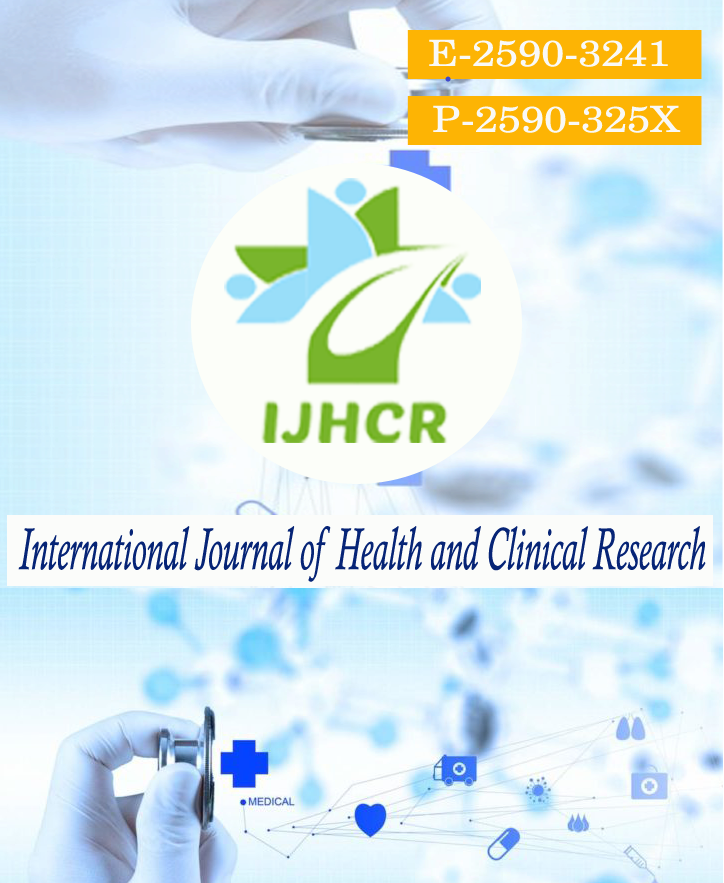Hemodynamic Changes during Tooth Extraction- a Clinical based observational Study
Keywords:
Autonomic Nervous system, Yoga, Heart Rate, Blood Pressure.Abstract
Aims and objective: Evaluation of Hemodynamic Changes Caused During Dental Extractions.Material and methods: The study included 200 patients who underwent dental extraction at Department of Dentistry, Anugrah Narayan Magadh Medical College and Hospital, Gaya, Bihar, India. The patients indicated for tooth extraction under local Anesthesia and age between 17-60 years were included in this study. The SpO2 was recorded using a non-invasive GIBSON infrared digital pulse oximeter placed on the patient's index finger. Change in Heart Rate (HR), Systolic Blood Pressure (SBP) and Diastolic Blood Pressure (DBP) during Dental Extraction from the baseline was measured and recorded. Results: The study included 200 patients with mean age of 43.2 ± 3.2 years. Among them, there were 80 men and 120 women. Baseline pulse rate (mean ± S.D) of patients before the procedure was 84.1±10 beats/min which has risen to 89.1±09 beats/min after administration of local anesthesia and reduced to 85.8 ± 16 beats/min, 5 minutes after the dental extraction. Mean Percentage Oxygen saturation in patients before procedure was 97.3± 2.2%, which slightly increased to 97.8 ± 1.1% after injecting local anesthesia and then reduced back to 96.9 ±2.1% after completion of the procedure. After injecting local anesthesia, the mean systolic blood pressure was 131± 11 mm Hg. However, diastolic blood pressure did not change significantly during the entire treatment period (baseline= 80 ± 3 mm Hg, post-anesthetic= 81.2 ± 10 mm Hg and postextraction= 82.4 ± 9.2 mm Hg). There was slight reduction of mean SPO2 by 0.4% after the injection of local anesthesia and there was overall decrease of 0.20% after extraction which is certainly not significant. Administration of local anesthesia caused mean rise in Pulse rate of 5/min but decreased by 2/min after completion of extraction. (p < 0.001). Conclusion:Based on the results obtained from the study it can be concluded that dental surgery using local anesthesia caused significant increases in systolic blood pressure and pulse rate, and the increase in systolic blood pressure was greater in middle-aged and older patients.






 All articles published in International Journal of Health and Clinical Research are licensed under a
All articles published in International Journal of Health and Clinical Research are licensed under a 